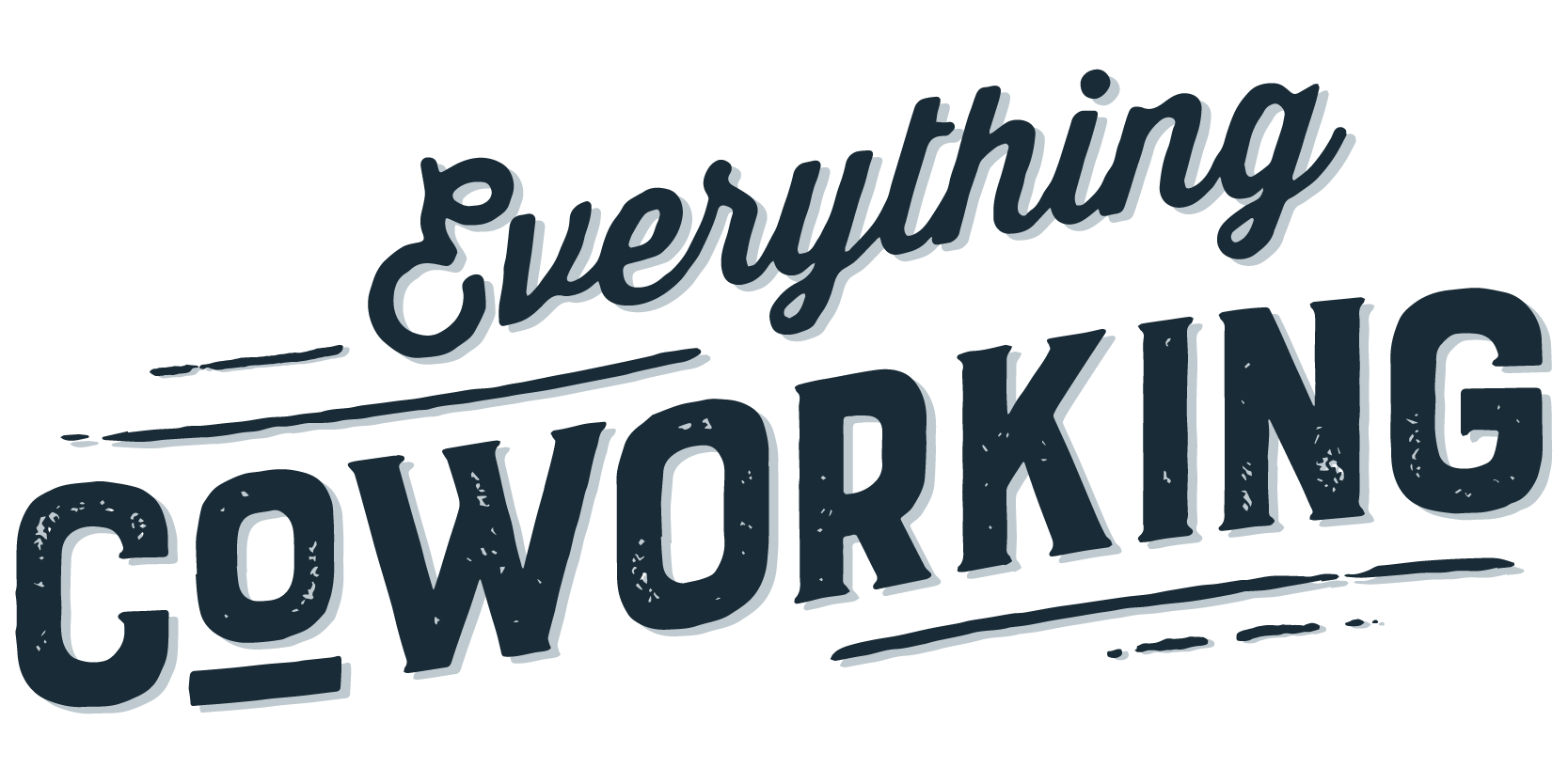7. Sam Rosen, Desktime Founder on Coworking Trends
Episode 7 - Sam Rosen
Listen to Sam's story as he describes how he transitioned from running a digital agency out of coffee shops and his girlfriend's apartment, to running his own Chicago coworking space, where he discovered the need for a software to manage coworking spaces and developed the Desktime App.
Tell us the story of how you got interested in coworking. Sam ran a digital agency for ten years, making websites, doing branding, and other projects. Around 2008 he was traveling a lot between NYC and Chicago, and would work anywhere while he was traveling. He found over time, as his business grew that it was more and more difficult to work in the homes where he was traveling. At first he found a cafe to work in, and would sit there all day and work, but after a while wore out his welcome. Eventually a friend told him about co-working spaces, and he found a nearby space called “The Change You Want to See”, a non-profit space set up like a gallery. Grateful to find a space where he could work, he also discovered the benefit of working and networking with people in the space.
After his experience working in a coworking space in NYC, Sam looked to see if there was a similar space in Chicago, and didn't find anything, so he decided to open up his own coworking space and decided to open The Coop.
Describe the coworking landscape in Chicago in 2008 when you opened The Coop vs. today. Sam’s space started out with 8 desks from Ikea. Initially, there were a lot of people who were waiting for a place like The Coop, so Sam had a rush in the beginning. He’d hoped just to make enough money to pay the rent for the coworking area, but it was so popular that they were able to pay for the whole space. In 2009 or 2010 they began to outgrow their space and started looking for larger space during the peak of the recession. Sam struggled at first to get a lease signed, but eventually opened a space that was about 5,000 sq feet, more than double what they had had previously. The space was split, half for his agency, half coworking.
What was the drive behind starting Desktime? When Sam started in coworking, the only place to find a space was Wiki. He realized there wasn't a great tool to help manage the day to day operations of a coworking space. Initially, Desktime was created as a tool to use internally for their coworking space, but overtime it evolved into a tool to help run spaces all over the country.
The last time we talked, you mentioned that you were digging into the demand for “corporate coworking” memberships in Chicago. Can you tell us more about that trend and your prediction for how that fits into coworking in the next five years? Sam says that there’s a lot of different perspectives on how coworking will evolve in the next few years, but mainly people need less space than ever. People are using their offices less efficiently than they have before, and typically real estate is the largest expense for companies. One company Sam spoke to is investigating options of having their employees who are out on the road frequently work in coworking spaces. Essentially, they're thinking of outsourcing their real estate. In Chicago, the average desk space costs 12-15,000 dollars per year! Coworking costs at most, half of that.
Sam: “I think there’s going to be a lot more corporations that are considering an alternative to their physical offices. I think coworking is a really vibrant option. And I think we’re at the super beginning of that because companies don't know how this works yet and there’s just a tremendous opportunity around sharing the burden of physical space.”
What other coworking trends are you seeing from your unique vantage point? There’s a really large demand for private office space, and there’s a growing inventory of open area communal workspace, and that takes longer and is more difficult to build and cultivate vs businesses that have dedicated private spaces. We're going to see more of that.
Sam: “I predict there’s going to be really interesting and smart tools out there that A) connect these independently owned and operated spaces and allow them to share their resources, pool their benefits, create advantages for people who looking for space, while figuring out more tools and opportunities to plug together all of the independent spaces that are opening up along with the bigger brands that are starting to develop and starting to grow quickly. It’ll be interesting to see how those two relate to each other and work with each other in the future, I really think it’s going to be a lot like independent hotels and brands and also coffee shops, I think those are pretty interesting models that are similar.”
Sam: “The way people work, how they work, is fundamentally changing.”
Connect with Sam Rosen
Other Resources Mentioned in this Podcast
Thank You for Listening!
Thank you for taking time to listen to the show! Know someone that could benefit from Sam’s story? Use our share buttons to pass it along!
If you enjoyed the podcast, please leave us a review on iTunes. It’s the best way to help others find our content!
Lastly, don’t forget to subscribe to our podcast on iTunes or Stitcher to get automatic updates!
Looking for a specific episode? Go to the episode index here.
